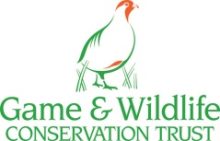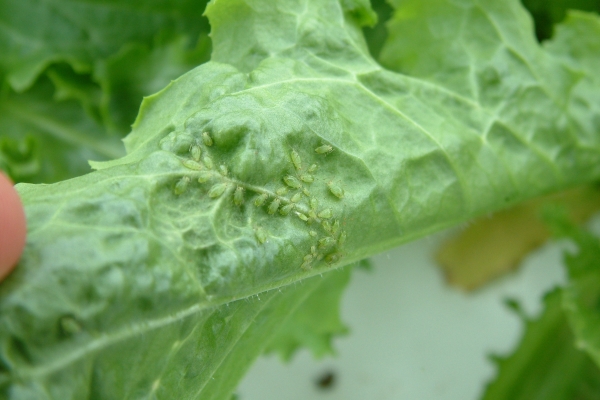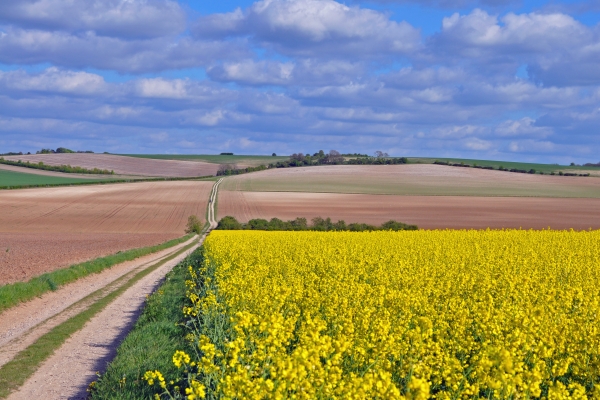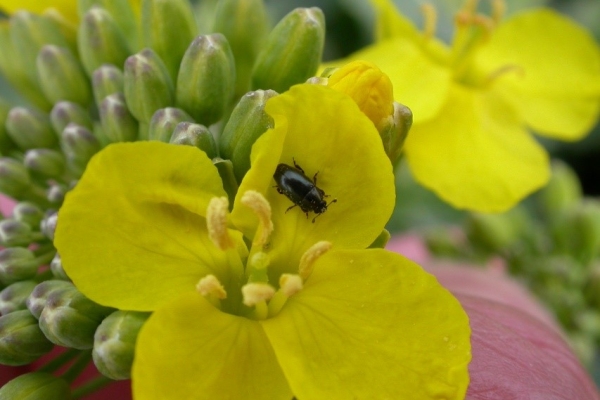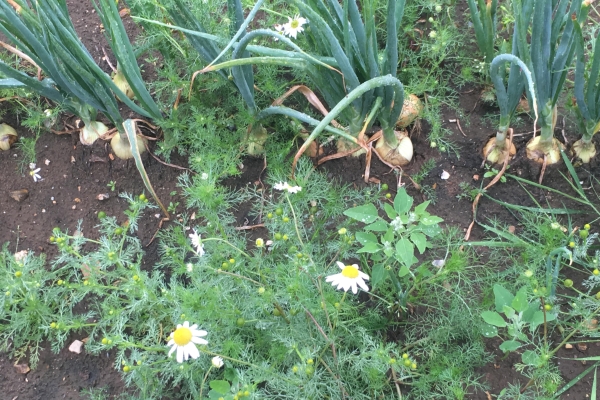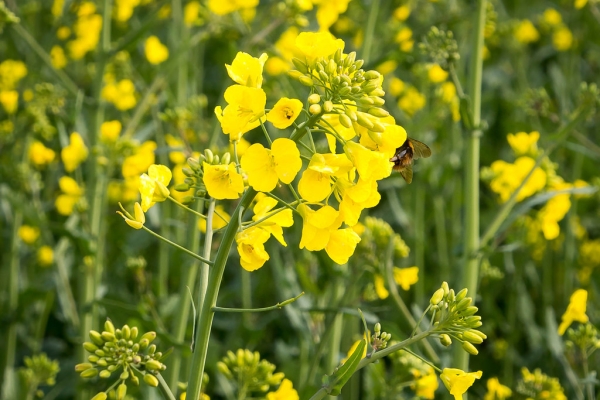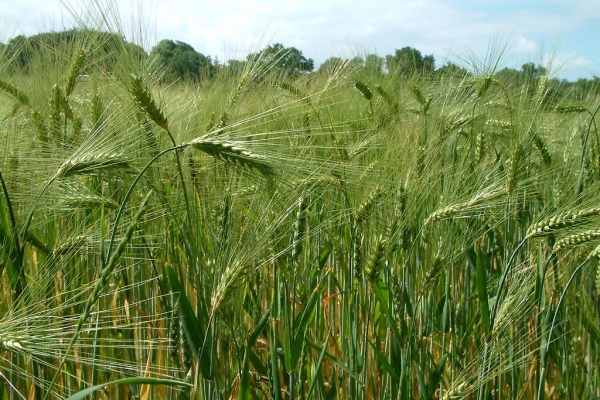Neonicotinoids – Your essential brief
Resource explained
This factsheet provided by the Game & Wildlife Conservation Trust (GWCT) summarises their review of relevant literature and expert opinion to date on the use of neonicotinoids in farming, attempting to provide some quick answers to some complicated questions. It gives some background to neonicotinoids; history of use, what they are used for, how they are used, why they have historically been used, and effects on the larger environment and other wildlife from their use. There is a section specifically on effects on bees; covering loss of biodiversity, the importance of pollination, how bees are affected by neonicotinoids and the implications, and a review of current evidence. A section entitled ‘Neonicotinoid regulations’ delves into crop restrictions on use of neonicotinoids, what this has led to, alternative methods of pest control, and it responds to some key questions such as whether or not neonicotinoids should be completely banned.
Findings & recommendations
- GWCT acknowledges that using neonicotinoids is an issue with far-reaching implications for conservation and farming. This factsheet outlines the common dichotomy of the importance of both pest-control and bees for farmers.
- GWCT advocates using Integrated Pest Management (IPM) techniques and minimising the use of chemical pest and weed control, acknowledges the need for further scientific evidence on the effects of neonicotinoids and alternative pest control, and endorses the importance of avoiding negative environmental impacts with any form of pest control.
- The factsheet highlights:
- Only small amounts of neonicotinoid treatment are commonly absorbed by plants; much is retained in soil or leached into water courses.
- Some neonicotinoids are highly toxic to seed-eating birds and some mammals.
- Although some declines of wild bee species and colonies were seen before neonicotinoids were introduced, it is important to determine the extent by which neonicotinoids have contributed to these on-going trends. Studies are gradually revealing that honey bees seem to have a higher tolerance for neonicotinoids than wild bees and bumblebees, however some reports suggest the opposite.
- More details can be found on the GWCT ‘Neonicotinoids’ policy page where it is suggested that the ideal strategy; of adequately controlling pests whilst having no negative environmental effects, cannot yet be fully realised, so farmers must do the best they can with the knowledge they have whilst working towards this.

